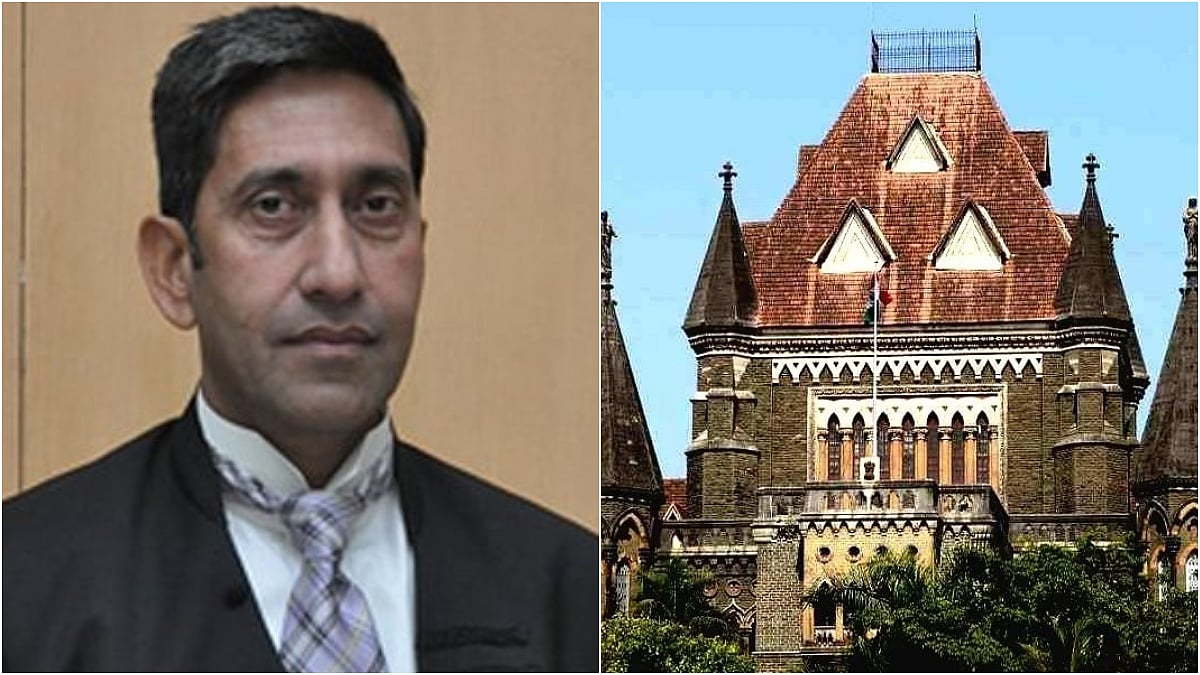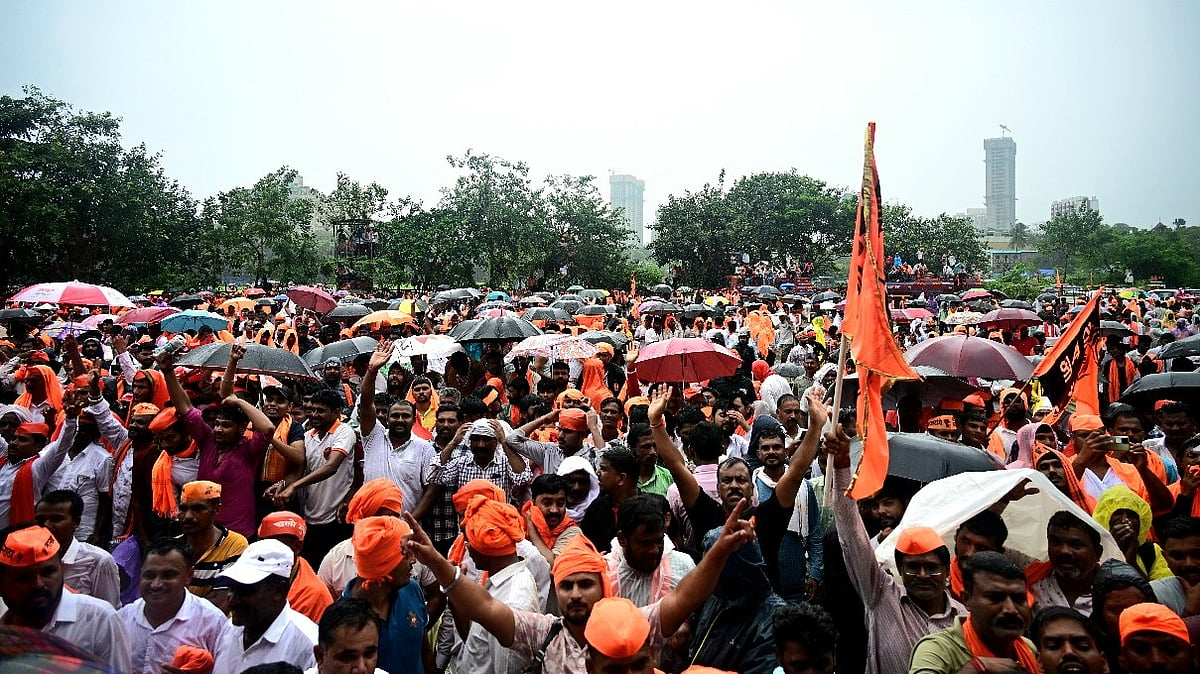It’s an annual ritual for those invested in it. No, not the pre-monsoon cleaning of the storm water drains in Mumbai, but the ranking of cities around the world on an index that shows how liveable – or not – they are. There are no surprises this year in the Global Liveability Index 2022: Vienna is back at the top of the world’s cities in the pre-pandemic position that it had held, six of the top ten most liveable cities are in Europe, and Osaka in Japan is the only Asian city in this exclusive set. No Indian city was within sniffing distance of the top ranks.
Mumbaikars are used to the city not earning applause for the quality of life or ease of living it offers; we love it and live in it for other reasons such as the sense of freedom and identity it provides to most, its embrace of the poorest as much as the wealthy, the smorgasbord of opportunities it has, and its unique mix of cultures and languages that make it – with some exceptions – India’s most cosmopolitan city. Mumbai may not bag an honourable spot in the Global Liveability Index; it may, with some difficulty, just about make it to the top five in India. We know and accept this – and love it anyway.
Delhi folks may be disturbed that the city which has it all by Indian standards – from history and power to open spaces and wealth – also fails to find a high spot in the Index. In fact, Delhi ranked sixth, one place behind Mumbai in the Ease of Living Index of state capitals in India two years ago, produced by the Delhi-based Centre for Science and Environment. This Index was a composite of four parameters – quality of life, citizens’ perceptions, sustainability, economic ability – weighted differently to arrive at 100. Bengaluru and Chennai bagged the first and second spot, Shimla and Bhubaneswar at third and fourth places trumped Mumbai.
Even these cities did not shine in the Global Liveability Index. Should we worry about India’s absence in the top levels of this Index? Yes and no.
No, because the Global Liveability Index is a relatively tunnel-vision approach to ranking cities, its purpose being to facilitate the movement of global capital and related services. The Index, compiled by the Economist Intelligence Unit of the reputed business journal The Economist, is a weighted average of nearly 30 quantitative and qualitative parameters clustered into five groups, namely stability, healthcare, culture and environment, education and infrastructure. However, the approach tends to be singularly capital-driven, a measure of where global capital and its managers are most likely to feel at home, find it comfortable to conduct business, and so on.
In the Index 2022 released this week, behind Vienna are European cities Copenhagen, Zurich, Geneva, Frankfurt, and Amsterdam, interspersed by Calgary, Vancouver and Toronto in Canada. Tied with Osaka in tenth place is Melbourne. The absence of an American city in the top ten seems odd while the non-appearance of African cities barely raises eyebrows. And Singapore, universally lauded for its business-friendly infrastructure and lifestyle, failed to make the top ten too.
The Index offers reasons for some of these but that’s not as important as the fact that the rankings do not solely determine the business potential or financial markets in a city. Besides, the Index does not emphasise an aspect of evaluating cities that is increasingly becoming significant in the era of climate change: Sustainability. A top-ranked liveable city may not necessarily be ecologically sustainable or socially equitable. An index which comprehensively includes these evaluations would be worth chasing. This is why the absence of India’s top metropolitan cities in the Global Liveability Index should not bother us beyond a blip on our radar. That blip is the only reason to take the Index seriously. It shows how much work remains to be done in India’s cities for any of them to be anywhere near the top in international indices collated from time to time.
The mindset of city administrations need not be that of a wannabe seeking to fit into an international standard. Our cities must be made liveable – also sustainable, and equitable – primarily for the millions who live, work and play in them, rather than to earn bragging rights on the global stage. The state of physical and social infrastructure even in top cities around India is such that a fraction of their populations, the top 10 per cent perhaps, live a decent quality of life; for the rest, every day is a struggle to get by. For those at the bottom of the socio-economic pyramid in a city, its liveability is hardly something they think about. Who worries about access to open spaces when they don’t have a basic affordable house to live in?
Two factors in India’s cities impede their progress towards liveability, sustainability and equity: Population and city administrations. Vienna has under 20 lakh people living in it; a mere 10 per cent of Delhi’s population or Mumbai’s. Andheri suburb in Mumbai – practically a city within the city – is divided into east and west sides; the western side alone has twice the population of Vienna. It’s obvious that planning a city and providing physical as well as social amenities for 20 million is several times more challenging than for 20 lakh.
Yet, the population or its density cannot be an excuse in India’s cities for sub-par housing, transport, safety and so on. The buck stops, or should stop, at the city administration or city government. With the limited resources at its disposal, within the constraints that are typical in the Indian context, can a city government or municipal corporation do better in say Mumbai or Delhi? The answer has to be a resounding ‘yes’. Our civic authorities fail us more than any other – in planning, implementing, and imagining a city that can be reasonably liveable, sustainable, and equitable for all who choose to make it their home.
What we need is an index for India’s cities that’s a composite of liveability, sustainability and equity.
The author is an independent journalist and urban chronicler who writes extensively on cities, development, gender and media. She is also the founder editor of ‘Questions of Cities’. She tweets at @smrutibombay










